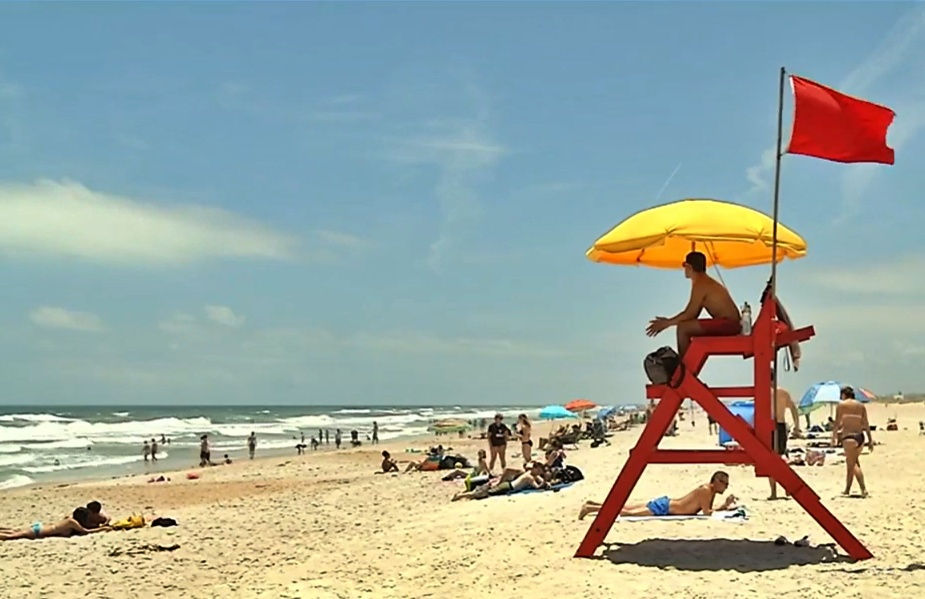Waterfront park funds/design approved; Boules Club seeks city financial commitment for new location
- Mike Lednovich
- Jul 17, 2024
- 4 min read

After nearly a quarter of a century of fits and starts, dozens of discarded park designs and passionate public debate, plans to build a park along the Amelia River cleared a major hurdle when Fernandina Beach city commissioners approved funding $2 million for construction of the new facility.
By a 5-0 vote Tuesday, commissioners approved using $2 million in Parks & Recreation Impact Fees to finance the construction of the park which city officials said could be completed by next February. The action means city staff is authorized to proceed with the park's final design, permitting and construction phases of the park project.
"This is a huge win for the community," declared Mayor Bradley Bean. "Next year we're going to see children and families coming to the waterfront. We've got the beach on one side and the river on the other and it's time people can enjoy both sides."
The vote also will result in the removal of 16 petanque courts the city spent $20,000 to build two years ago on the open space adjacent to parking south of marina boat ramp. Park opponents said the space could be better used for more parking, but the final plans approved are for a grassy area.
About 30 members of the Amelia Island Boules Club attended the meeting and sought the city's commitment to include funds in the 2024-2025 budget for construction of new petanque courts either at Central Park or behind the Atlantic Recreation Center.
Amelia Boules Club President John Abbott praised the park design, but then addressed the removal of the petanque courts.
“But there is a piece that is missing. We have been working for the past two and half months working to find a new home for our 16 petanque courts that are lost in this scheme. Incredibly, no provision has been considered in the master planning of this park to restore our courts to us as a recreational venue. None of that $2 million you’re talking about is going to be allocated to helping us out,” Abbot stated.
Abbot said the Boules Club had worked on alternative locations for the petanque courts and would present those locations at the next city commission meeting.
“We will come back and show those options to you with the full expectation that we’ll get approval, we’ll get funding and we will construct those 16 competition courts.”
Bean pledged to support the Boules Club efforts going forward.
Opponents of the park plan cited escalating costs and the cost of maintenance to the city as reasons to leave the area untouched.
The original cost estimates two years ago were $300,000, which has now grown to $2 million. That estimate, according to city documents, does not included the cost of bathrooms and a pavilion at the park. Those components will add another estimated $400,000 to the project.
“This latest price tag of $2million is a lot for the city taxpayers to swallow when there are so many other projects that need our attention,” said Michael Sharpe, who has opposed the waterfront park concept since its inception.
Along with the maintenance costs, Sharpe said there were other negative factors in play in taking care of the park.
“There’s all the fertilizers, the water usage, and the gas and the loud motors to maintain that, it doesn’t belong on the waterfront,” he said. “And adding an attraction without adding parking is still going to be a problem. I think you guys should consider that.”
Social media administrator Mac Morris, who has been critical of Bean on his Facebook page over the loss of parking spaces with the park design, claimed Bean had misrepresented the actual parking spaces available on a daily basis.
“What you’re proposing right now is going to hurt downtown businesses and diminish the quality of life for taxpayers, who pay for everything,” Morris said. “The previous plan had 70 something parking spaces, now you’re down to 60 something. We used to have, in 2008, that entire lot was gravel, there was no grass and we had boat trailer parking and waterfront parking.”
But others spoke in favor of the waterfront park, applauding commissioners for finally moving the project forward.
“This simple and functional plan will allow all of us, including families, visitors, boaters and fishermen to enjoy waterfront parking (with) restrooms, walkways, picnic areas and a pavilion,” said Mike Spino. “The HDC (Historic District) reviewed this plan in January and it was well received. Since then, the tree planning and landscaping has been significantly improved and will provide a cool, shaded environment in just a couple of years.”
Commissioner Darron Ayscue said commissioners has listened to “a ton of feedback” concerning the park’s design.
“When all is said and done, I think a lot of people will say that was a lot of talk over something not as intrusive as we thought it was going to be. I think that’s going to be on both sides of the aisle,” Ayscue said.
The commission's vote means that the waterfront park could become a reality after decades of missed opportunities.
A strategic initiative in the early 2000s called "Vision 2020" resulted in several design plans being drawn but never used. Then in 2012, the city approved a waterfront park design and borrowed money for construction. But after the fall city commission elections, a newly seated commission in 2013 shelved the idea and returned the money to the bank.
"As most of the citizens who have been here awhile, the city has looked for doing a waterfront revitalization along Amelia River for some time," said City Engineer Charlie George. "Our goal is to get bids in by the first of September, start construction, we can be through by February. We're on a fast track. We're really excited about it."




Comments